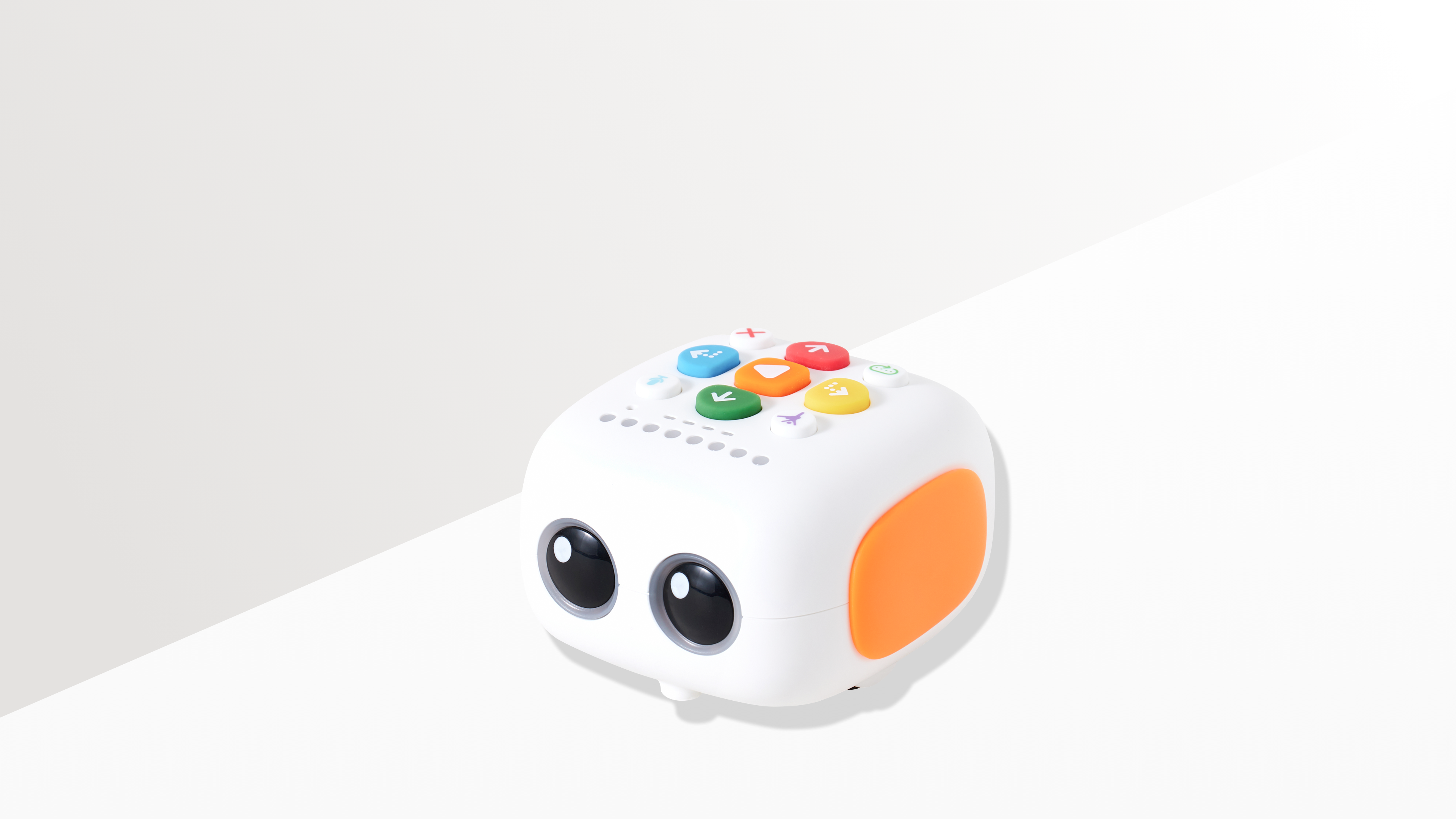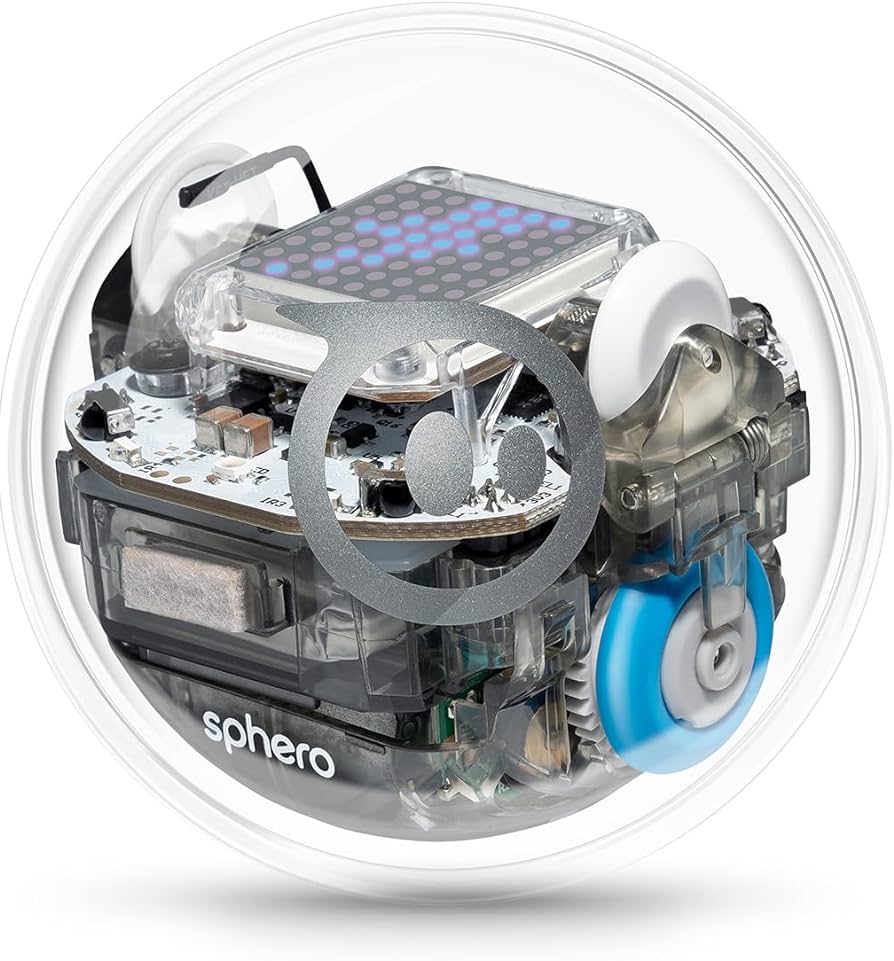PRE2023 3 Group 9
Digital Abacus
| Member | Student Number | Major | |
|---|---|---|---|
| Ciska de Greef | 1735004 | BCS | f.i.d.greef@student.tue.nl |
| Lucas | 1437372 | BCS | |
| Mex | 1808753 | BCS | |
| Sandor | 1843990 | BCS | |
| Tjeh Chou | 1778749 | BCS | t.chou@student.tue.nl |
| Kevin | 1864548 | BCS |
Link to Overleaf: https://www.overleaf.com/read/dsvwfrzwcqrg#77c790
Plan
Many children struggle with learning how to count. Addition and multiplication are difficult subject to master, so we want to develop a digital device to help teachers and students: a digital abacus. First we will look into visual learning and how to teach math using visualisation, which we can then apply when designing the device. Then we will start designing either a physical prototype or a simulation of our counting device.
State of the Art
Squla
Squla, an online learning platform catering to children in grades 1 to 8, is designed for both classroom and home use. Focusing on math education, the platform uses the adaptive quizzes to help kids practice at their own level. The difficulty of the questions adjusts automatically based on the child's proficiency. The quizzes cover various topics, starting with basic arithmetic and progressing to more complex challenges like word problems and money calculations. The adaptive nature ensures that each child operates within their optimal learning zone. The adaptability of Squla is facilitated by algorithms, a variety of questions targeting specific learning goals, and the active participation of many students. The process involves determining the initial level through five questions, refining this assessment over a 20-minute period. Squla ensures a tailored learning experience for each child, enhancing math skills in an engaging manner.
In addition to learning, Squla introduces a motivational element. Children earn coins through correct answers, regular gameplay, and participation in minigames. These coins can be exchanged for rewards, avatars, or crafts. In addition Squla offers parents the ability to track their child's progress through an overview of the exercises completed. This feature, accessible through the parent account, allows for a clear understanding of the skills mastered by the child over time, fostering an informed approach to education.
https://www.squla.nl/rekenen/adaptief-rekenen-hoe-werkt-het
https://www.squla.nl/rekenen/adaptief#groep-3
Ambrasoft
Similarly, Ambrasoft, another educational software platform, focuses on making children's learning of mathematics enjoyable. The program employs a variety of engaging activities and games to make the learning process enjoyable for young learners. Through its user-friendly interface, Ambrasoft offers a range of math exercises that cover fundamental concepts such as addition, subtraction, multiplication, and division. The platform tailors its content to different age groups and skill levels, ensuring that each child receives a personalized learning experience.
Children using Ambrasoft are presented with colorful and visually appealing challenges that not only reinforce their understanding of mathematical concepts but also promote critical thinking and problem-solving skills. The platform incorporates a rewards system, providing positive reinforcement for correct answers and achievements, which further motivates children to actively participate in their learning journey. Additionally, like Squla, Ambrasoft allows parents and educators to track the progress of each child, enabling them to identify areas that may require additional focus or support.
https://www.youtube.com/watch?v=Kl5r5ZNmX9Y
https://lesmethode-vergelijker.nl/noordhoff/basisonderwijs/overigen/ambrasoft/
TaleBot Pro

TaleBot Pro, an engaging educational robot for children aged 3 to 5, it introduces coding, problem-solving, and basic math skills in a user-friendly manner. The TaleBot Pro utilizes buttons on the robot itself for movement, making it accessible for preschoolers. Focusing on math education, the TaleBot Pro features an interactive map tailored for counting activities. It is a colorful map divided into sections, with some tiles representing different numbers. With simple commands like "move forward" or "turn," the robot follows an exciting story that involves counting challenges. Each section on the map helps kids associate numbers with specific locations, enhancing both numerical understanding and spatial awareness.
As kids navigate through counting challenges using the buttons, the robot provides instant feedback, creating a positive and supportive learning environment. In essence, the TaleBot Pro transforms math into an enjoyable adventure, combining storytelling, button-based navigation, and counting to make early education engaging for young learners.
Sphero Bolt

Similarly, Sphero BOLT, a playful and interactive robot, serves as a fun tool for introducing mathematical concepts to young learners. Through programming the BOLT's movements and activities, users engage with fundamental mathematical principles. For instance, they can explore distance and speed by commanding the robot to move specific distances or at varying speeds. The robot's ability to follow programmed paths encourages an understanding of geometry and spatial relationships. This hands-on approach to coding with the Sphero BOLT provides an effective way for children to learn and apply mathematical concepts in a real-world context, fostering a connection between programming and foundational math skills.
Focussing on math for example, engaging math activities for young children, ages 3 to 5, can be created with Sphero Bolt. One exciting game is "Decimal Shake," introducing basic addition and the concept of decimals. In this game, children take turns shaking the BOLT to generate decimals, adding them together with the goal of getting as close as possible to 1.0. The physical interaction with the BOLT adds an element of strategy, turning math into a playful and competitive learning experience.
Marty

Marty the Robot serves as a friendly and educational companion designed to bring excitement and accessibility to coding and STEM education. Resembling a mini-humanoid, Marty moves, dances, and can be programmed using various languages, from the beginner-friendly Scratch to Python. Whether in the classroom learning counting and adding or delving into robotics fundamentals, Marty sparks curiosity, transforming abstract concepts into interactive experiences for learners of all ages.
Focucsing on math for example, in a lesson about counting, Marty turns basic math into a dynamic and enjoyable experience. Children embark on a learning journey with Marty, mastering counting from one to five. The lesson begins with an animated warm-up game, encouraging children to move and count their steps based on different statements. This lively start energizes the learners and creates anticipation for the engaging activities that follow. During the "Time for Practice" segment, Marty's pre-programmed code comes into play. His synchronized arm movements provide a clear and visual representation of counting and adding concepts. The lesson concludes with a reflective "Cool Down" session, where children discuss their successes and challenges. This provides valuable insights for the teacher to gauge comprehension and offer additional support as needed. Marty serves not just as an educator but also as a motivator, making the learning journey a joyful and enriching experience for young minds.
Interview Questions
Questions for teachers.
- What challenges do you face in teaching elementary math to your students?
- Can you share any specific math topics or skills that you find challenging to teach effectively?
- What types of resources or tools do you currently use to enhance math learning in the classroom?
- In your experience, what approaches or teaching methods have been most successful in engaging for your students?
- How do you assess the progress and understanding of math concepts among your preschool students?
Questions for parents.
- What challenges do you face in teaching elementary math to your kid?
- Can you share any specific math topics or skills that you notice your kid finds challenging?
- What types of resources or tools do you currently use to enhance math learning with your kid?
- In your experience, what approaches have been most successful in engaging your kid?
- How do you assess the progress and understanding of math concepts with your kid?
Appendix
Logbook (140 / 8 = 17.5 hours per week)
| Week | Name | Hours Spent | Total Week | Total Overall |
|---|---|---|---|---|
| 1 | Ciska | Meeting1 (2h), Brainstorm (1h), Meeting2 (4h), Working on Actionpoints (3h) | 10 | 10 |
| Lucas | Meeting (2h), Meeting2 (4h) | |||
| Mex | Meeting (2h), Meeting2 (4h) | |||
| Sandor | Meeting (2h), Brainstorm (1h), Meeting2 (4h) | |||
| Tjeh | Meeting (2h), Brainstorm (1.5h), Meeting2 (4h) | 7.5 | 7.5 | |
| Kevin | Meeting (2h), Brainstorm (1h), Meeting2 (4h) | |||
| 2 | Ciska | |||
| Lucas | ||||
| Mex | ||||
| Sandor | ||||
| Tjeh | Meeting (1h), Report (1h), Interview Questions (1h), State of the Art (6h) | |||
| Kevin |
Sources
https://cstwiki.wtb.tue.nl/wiki/PRE2022_3_Group10
Different ways of using an abacus https://enthu.com/blog/abacus/how-to-use-an-abacus/
- Jordan, N. C., & Levine, S. C. (2009). Socioeconomic variation, number competence, and mathematics learning difficulties in young children. Developmental Disabilities Research Reviews, 15(1), 60–68. https://doi.org/10.1002/ddrr.46